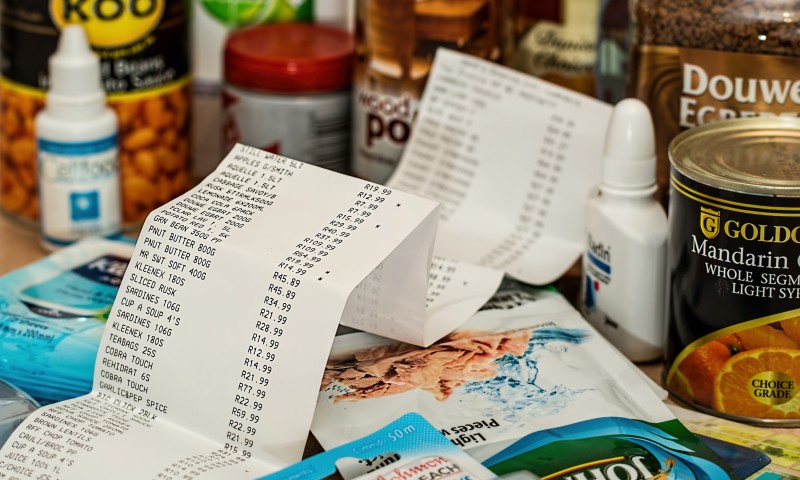Nowadays, we spend about 12-13 percent of our income on food, shared Registered Dietitian Anna Macnak, RDN, LD, CDE, at the 4th Annual Your Weight Matters National Convention. There are still a lot of things competing for our paychecks, and it’s important we make the most of what we have to spend on eating healthy foods.
The other part of the problem, she says, is the cheap food is really delicious and tempting to buy when at the grocery store, but that same food is also unhealthy.
“We’ve got all of this really cheap yet unhealthy food available to us all of the time,” Macnak said. “So while we know the apple may be the healthier choice, we don’t always make that choice.”
Here are some steps Macnak recommends to help you save some money at the grocery store when eating healthy:
Step 1: Make it yourself. Meals made at home save you money, and they also have more nutritional value than picking up a quick meal at a fast food chain.
Step 2: Plan ahead, but also be flexible. Bring a shopping list with you, but if you find a great deal on a healthy item, you can always adapt your budget later on. It’s important to remember, Macnak warns, that a deal isn’t a deal unless it’s a food that supports your health, so don’t be tempted to hit up a sale on junk food simply because it’s cheaper this week!
Step 3: Cut out the “extras.” Avoid the “nice to have, but not need to have” food items, such as chips, cookies and sugary drinks.
Step 4: Buy whole foods. You’ll save yourself some money by purchasing whole foods and cooking them yourself, and you can also control what ingredients are in the final product.
Step 5: Be “price per ounce” savvy. Sometimes the smaller portions cost more per ounce because they’re packaged more conveniently for you. If you have the time to do more of the prep work at home, do so — it’ll save you more money in the long run!
Step 6: Cut your portions and prep your meals. By reducing the amount of meat you use for dinner one night, you may save yourself enough for lunch the next day! Reducing your portions can reduce your calories intake and also lower your bill when buying groceries for the week.
Step 7: Waste less food in your fridge and pantry. If you buy only what is needed for the week and arrange the storage space in your kitchen accordingly, you’re less likely to forget about what’s in there and eventually waste it. Keep things organized, and label products that are in Tupperware so you know what they are, and when to use them by.
Step 8: Make healthy eating a top priority. Don’t make excuses! If your health is important to you, then so should be the food that you’re eating!
Want to learn more about the “Ins and Outs of Nutrition?” and eating healthy? Check out the full session video from YWM2015, and hear from multiple experts in the nutrition field about what you can do to achieve better nutrition.






